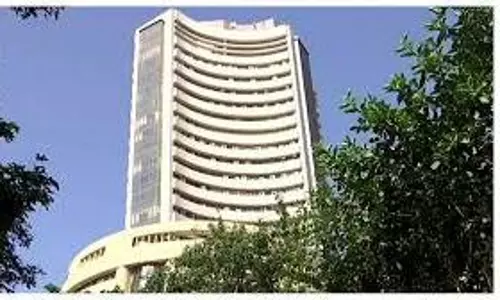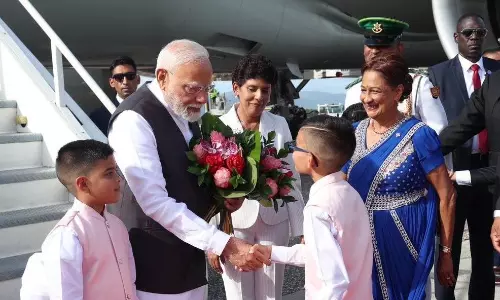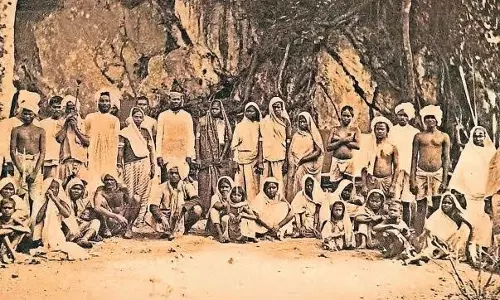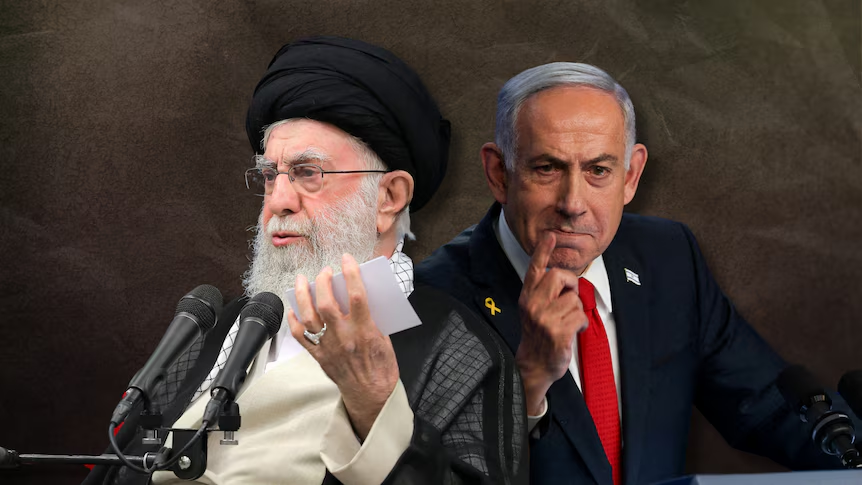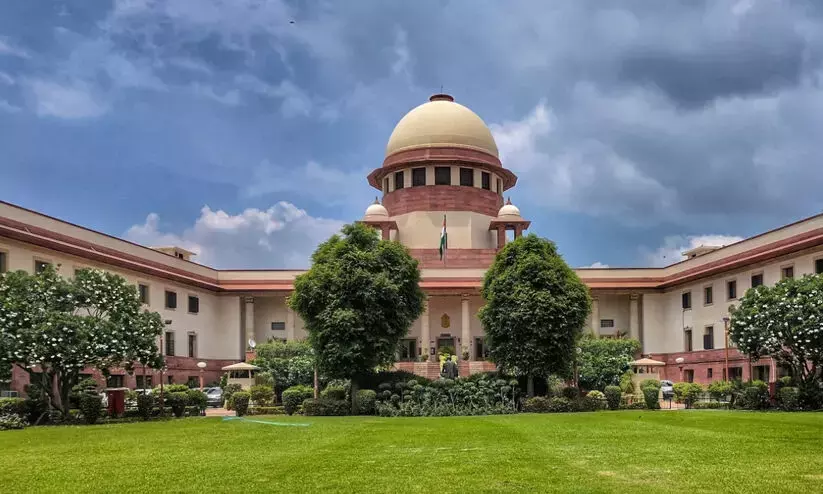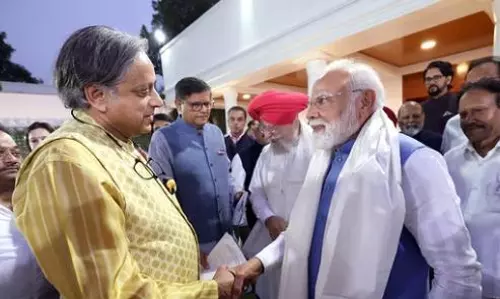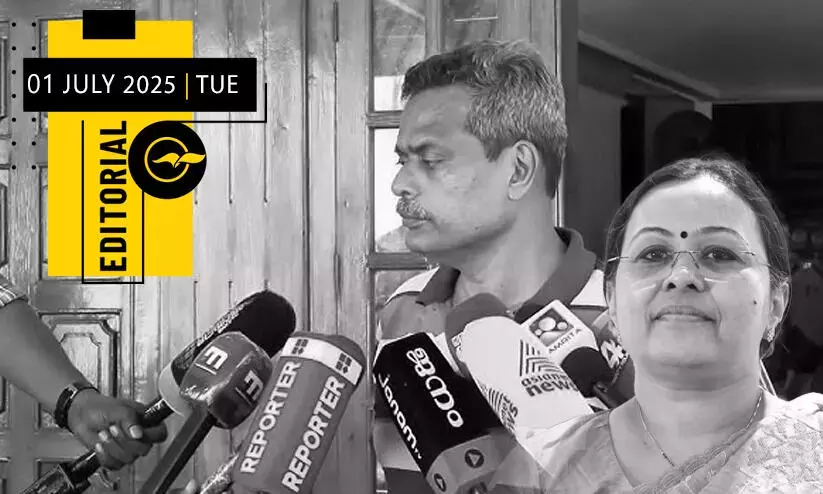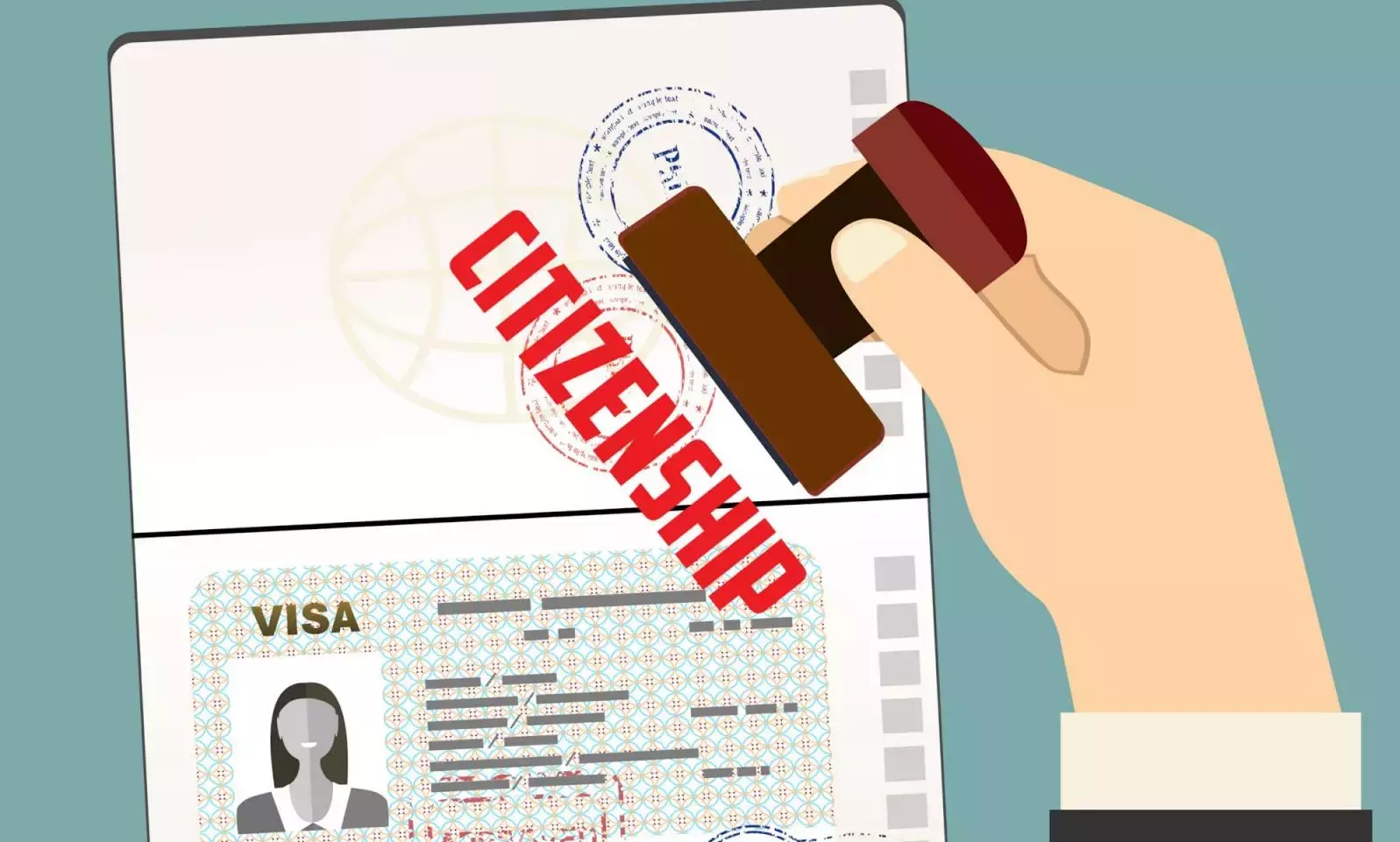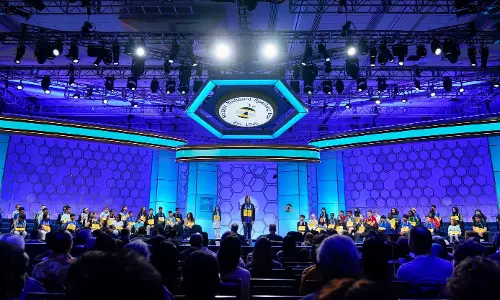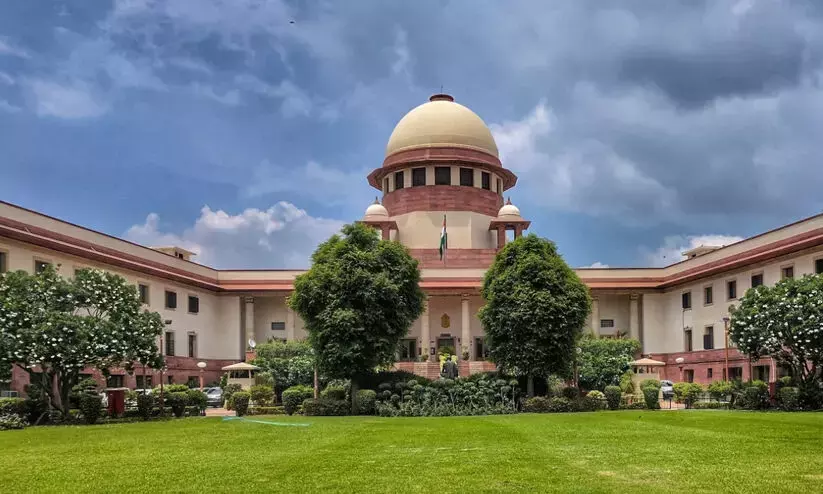
Supreme Court's laudable reservation decision
text_fieldsOn the 24th, a historic order was issued in the Supreme Court to implement reservation. In a circular sent to the employees of the court, it was informed that reservation will be implemented for Scheduled Castes and Scheduled Tribes in all new appointments and promotions to all posts. The reservation proportion is 15 percent for Scheduled Castes and 7.5 percent for Scheduled Tribes which is the same as the existing reservation rate at the Centre and the states. However, this has not been applied to the appointment of judges. As per the new decision, there will be an increased presence of the marginalised Scheduled Castes and Scheduled Tribes in all levels of service from attenders to Registrar. The benefit this provides is that the quota will be applicable not only to new appointments but also to promotions so that existing staff will be entitled to it when vacancies arise in higher posts. The model roster of posts has been uploaded on the Supreme Court's official network 'Supnet'. Accordingly, the candidates for the roster of 200 posts will be selected in that order. The communication also states that if the employees have any complaints about these, they can be brought to the notice of the Registrar (Recruitment).
Also read: HC stays quota mandate in minority institutions for class 11 admission
The stock argument of those who oppose reservation is that quality will decline by subverting merit and reserving jobs for each category. In reality, this conveniently hides the truth that sans reservation, merit thus will be limited to the upper class, and other categories continue to be marginalised without such support. Due to historical reasons and the social injustices caused by the stratified caste system, the Scheduled Castes and Scheduled Tribes are the ones who have suffered the most discrimination due to their educational backwardness and lack of space in the government system. Just above that are the backward classes such as Muslims and Ezhavas in the case of Kerala. As reservation was implemented in various stages at the government's hierarchy, this has gradually changed. However, the truth is that discrimination, which can be called upper caste hegemony, persisted in the sacred precincts of the Supreme Court.
Also read: SC/ST/OBC quota on open seats: minority colleges in Maharashtra allege quota breach
This reform cannot be said to be entirely new. Although the Supreme Court had the right to implement the reservation system including in promotions, and the freedom to do so, it was not implemented in the apex court due to the lack of a proper roster in compliance with the 1995 R.K. Sabharwal judgment. When all government institutions and many High Courts have implemented reservation for Scheduled Castes and Scheduled Tribes, why should the Supreme Court be an exception to it, Chief Justice BR Gavai said to a media outlet. When the court itself has issued many judgments for the upliftment of such backward classes, what is the reason for not implementing it in its own establishment, especially for a court that is often criticised for the lack of representation of backward classes on and off the bench. Justice Gavai also said that equality and representation are not two principles that compete against each other, but are complementary forces that drive India’s constitutional vision forward. The historic significance of this reform is that it will be implemented in promotions in addition to the existing reservations. In an earlier case, the constitution bench had set difficult conditions for implementing it in promotions. They had to support it with empiric data to prove the backwardness of those enjoying reservation, the inadequacy of their existing representation, and whether it would affect efficiency. All this was cumbersome. In practice, none of this materialised, and if the matter went to court, the reservation in promotion would be invalidated.
Also read: Karnataka welcomes caste census, calls for wider socio-economic survey
In 2018, the Supreme Court waived the requirement of proving backwardness for Scheduled Castes and Scheduled Tribes, but the other two conditions were not relaxed. Several other related cases have also been filed in the courts. In that context, the new decision with a roster can be seen as the first step towards a robust system of reservation. However, this decision is only for Scheduled Castes and Scheduled Tribes. The principle of equal opportunities in society can be realised only if other backward classes (OBC) who are entitled to reservation but currently do not have it in the Supreme Court. However, certain media outlets also suggest that Justice Gavai is also contemplating measures to ensure OBC reservation too. While those moves arouse optimism, another area where the government needs to take the initiative is appointments in independent institutions like the Election Commission and the Comptroller and Auditor General. If the Supreme Court's roster-register system becomes a model for them, it will be another step forward in the efforts for social justice. While the forces that oppose such progressive moves are waiting in the wings to strike at them, the daunting task is to show the will and achieve attitude change at the leadership level so as to convert them into a legal obligation.
Also read: Telangana government issues order on SC categorisation




